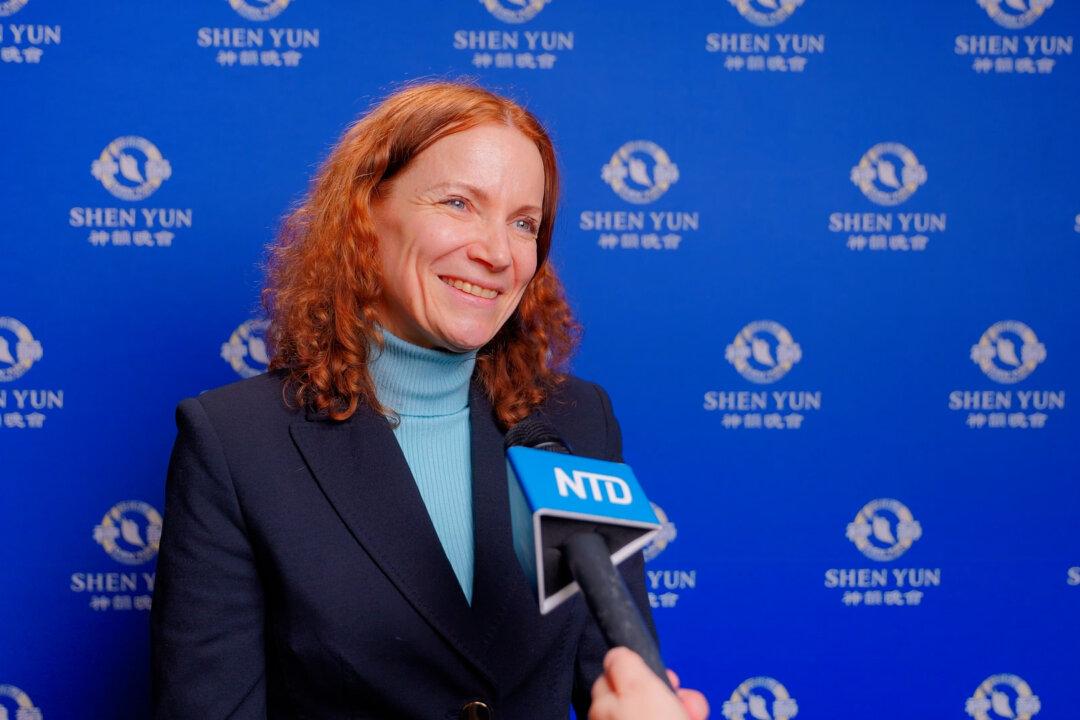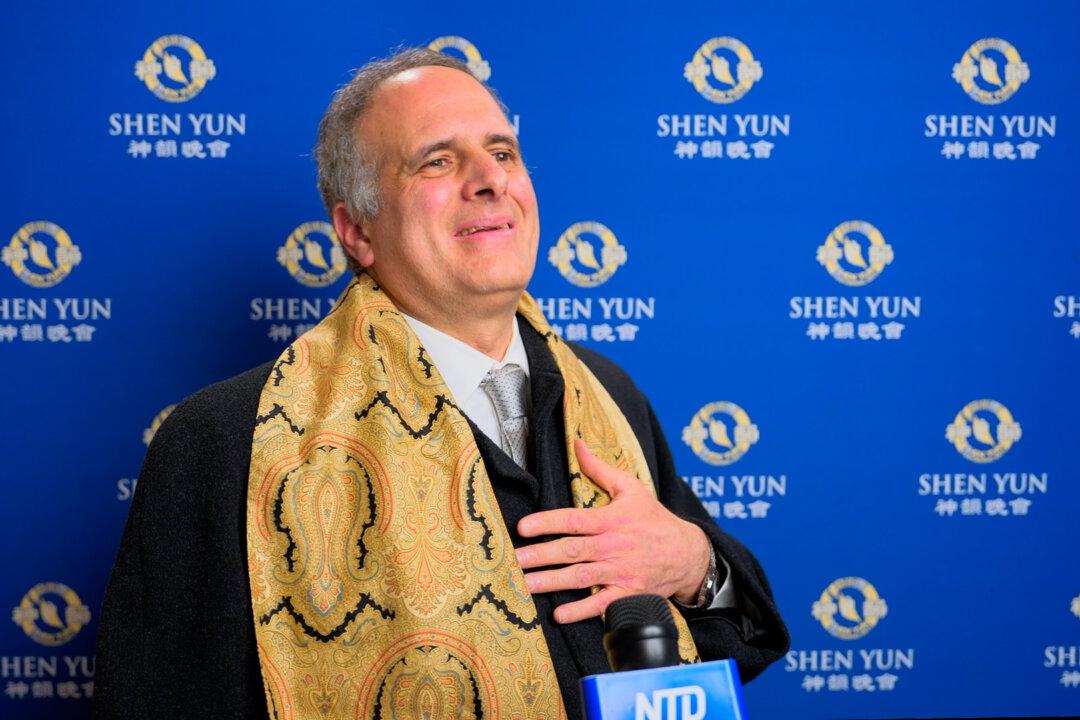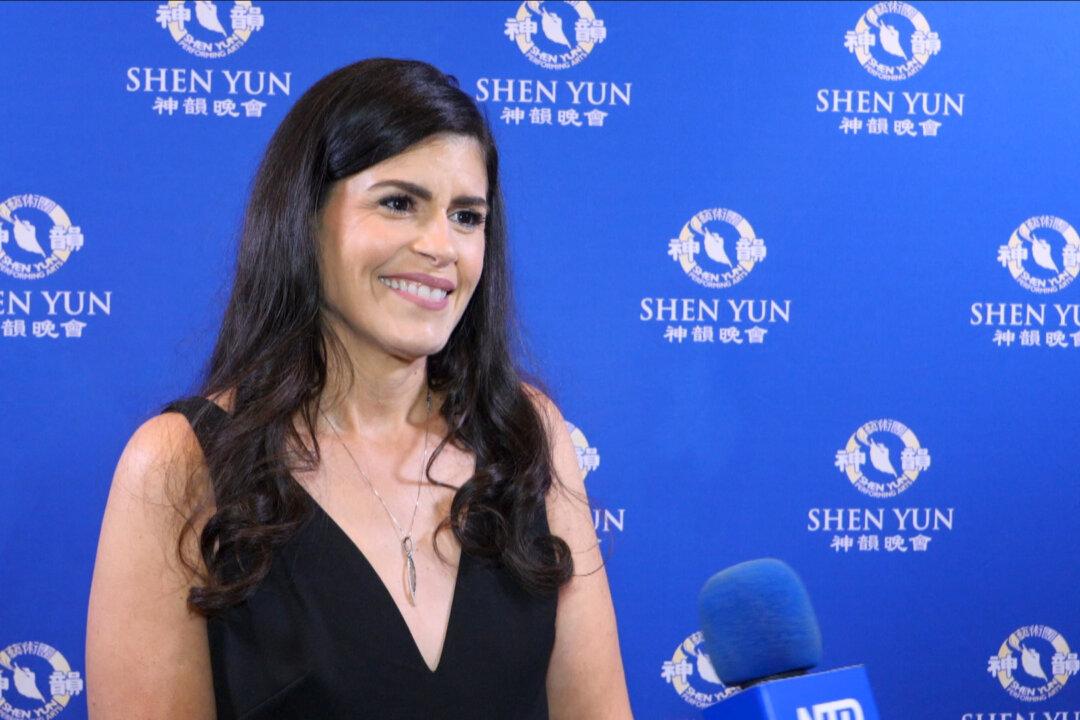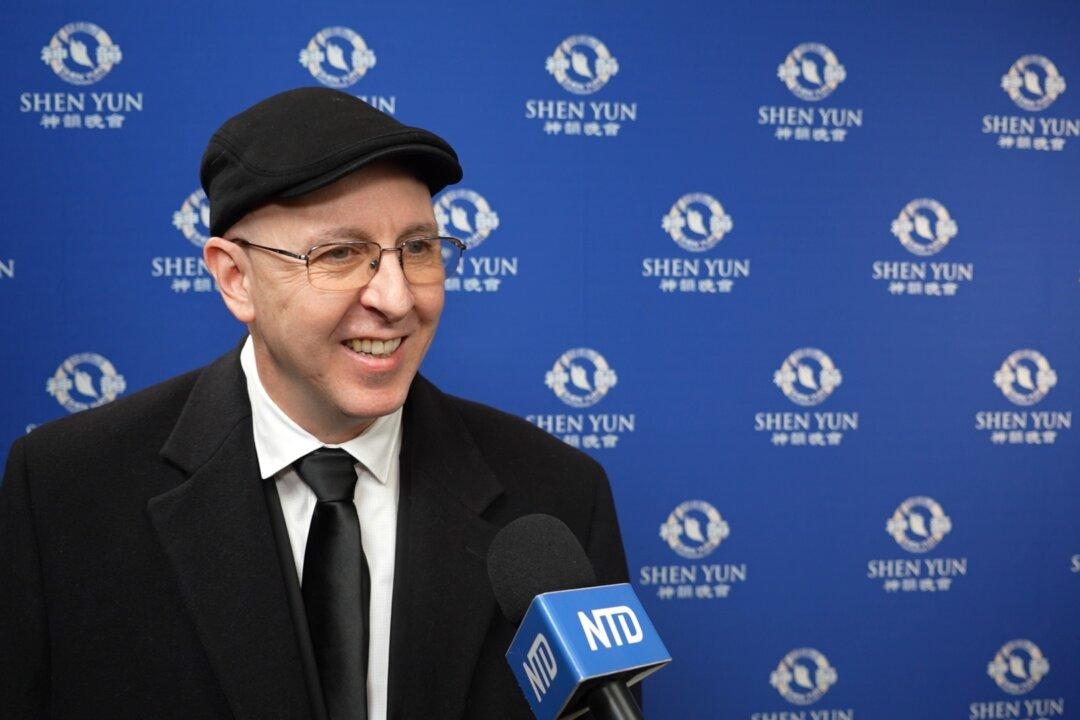BINGHAMTON, N.Y.—In the corner of the hall on the second floor of the Innovative Technologies Complex campus at Binghamton University, there’s an office decorated with balloons. A modest way to celebrate Dr. M. Stanley Whittingham’s 2019 Chemistry Nobel Prize.
Now 78 years old, Whittingham is still excited about batteries, visiting laboratories, and giving lectures around the globe.



